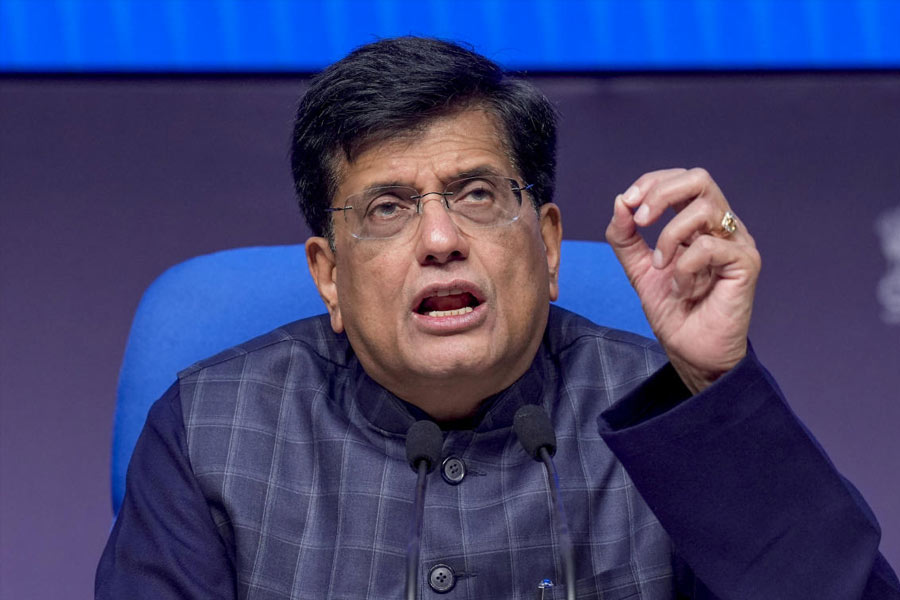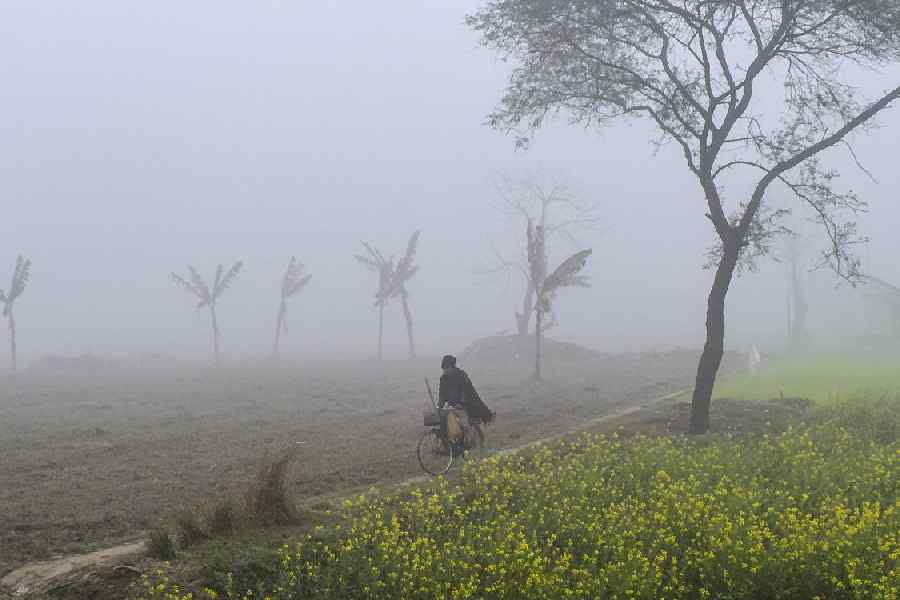Bhognadih (Sahebganj), July 1: Around Hul Diwas on June 30, political leaders cutting across party lines make a beeline to Bhognadih village, Barhet block, some 40km from Sahebganj district headquarters, with tall promises to win over the tribal vote bank.
Hul Diwas marks the contribution of tribal martyrs Sido, Kanhu, Chand and Bhairav. The place is treated as the epicentre of the Santhal Hul (rebellion) against the British Raj in 1855, two years before Sepoy Mutiny of 1857, now considered to be India’s first freedom movement.
But, even 150 years after the brothers led the armed tribal movement against British atrocities and nearly 66 years after Independence, basic amenities, jobs, education and healthcare keep eluding tribals of Santhal Pargana.
A peek into the living conditions of descendants of the tribal martyrs is enough to reveal the pathetic condition of the entire tribal community over the centuries, notwithstanding claims of various Bihar and Jharkhand state governments and politicians.
“Neta log yahan Hul Diwas par apne liye jagah banane aate hain (Leaders come here on Hul Diwas to strengthen their vote bank),” said Jyoti Murmu (14), the eldest daughter of Bhado Murmu — the seventh generation descendant of Sido-Kanhu.
A Class X student of a private school in Sahebganj, Jyoti, wise beyond her years, added her father Bhado had to face a lot of financial hardship to cough up Rs 3,000 a month to educate her and her two sisters. Sisters Hema and Manju study in classes VIII and VII, respectively.
Bhado, who has six daughters, shifted to Sahebganj town in 2004 after getting the job of a Grade IV staff at the local college. Former vice-chancellor of Sido-Kanhu Murmu University (SKMU) P.C. Hembrom had backed him.
But constraints remained. “My father asked officials and leaders to admit us to good schools, but in vain,” said Jyoti.
She added the conditions of many other families of their clan was worse. “Many fail to get two square meals a day.”
At present, the descendants of Sido-Kanhu comprise altogether 13 families and own 60 bigha of agricultural land. “The property — less than five bigha per family — is not enough to eke out living for all of them,” said the girl.
In fact, after years of pleading and lobbying, only six members, including Bhado, have been able to land jobs as fourth grade workers at the local block office, Eklavya High School, a Kasturba school and anganwadi centres.
The rest of the members work as daily wage labourers.
Some, like Rupa Chand Murmu and Hiran Murmu, are suffering from tuberculosis and other ailments. But they don’t have means to get treatment.
Around four years ago, the state promised to build nine houses for the members of the clan. “Only three, that too without doors, windows and lavatories, have been set up so far,” rued Sanjhali, Bhado’s wife.
Sahebganj DC A. Muthu Kumar said he would look into the claims. But where martyrs are only remembered on special days, their descendants are reduced to irrelevance.










